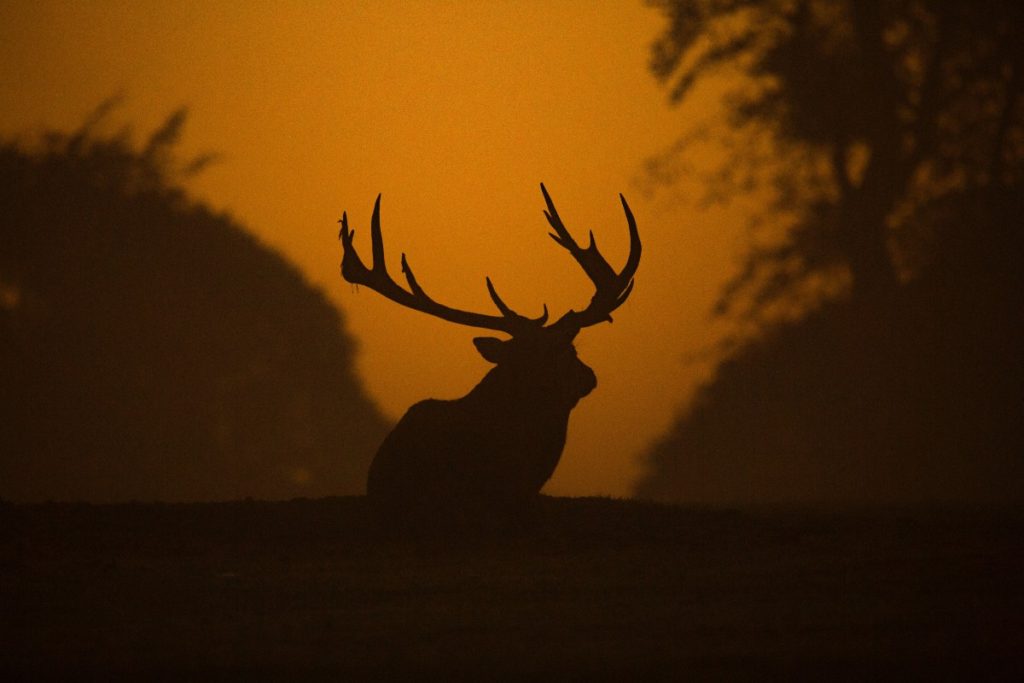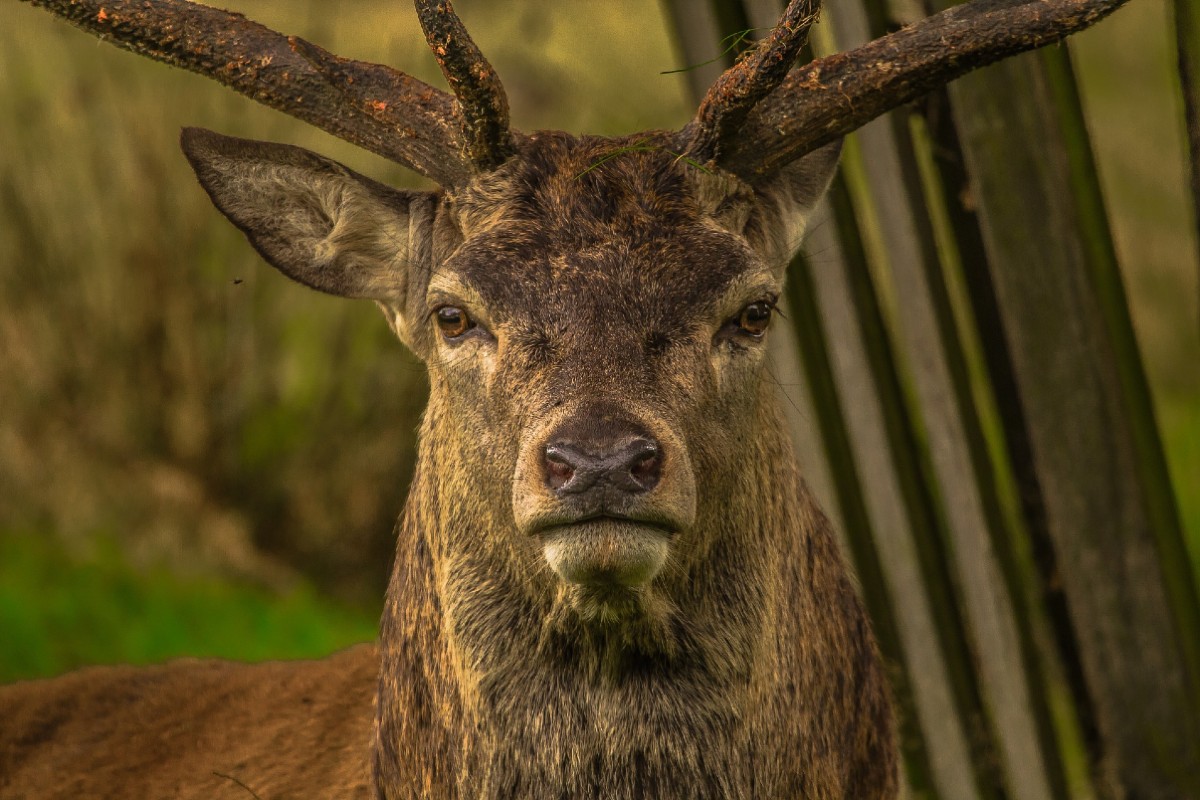As humans with advanced and complex bodies, we often take for granted the extraordinary range of vision that we possess. Not all animals see the same way we do. The prime example are deer in what colors they can see.
Deer are one of the most commonly hunted animals on the planet. This is why many sporting and hunting companies push camouflage gear to help hunters blend into the surroundings so deer are less likely to see them.
This all sounds pretty good if you are a hunter, but what colors can deer see? And, just as importantly, how good is their vision? Let’s find out!
Deer Color Vision
There is a sharp divide within the hunting and scientific communities over deer vision and their ability to see colors. Many hunters believe deer are not color blind, which goes against the scientific evidence that suggests they do not have a full range of color detection.
The truth, backed by scientific evidence of more than 50 years, is that deer can in fact see some colors but not in the same way we do.
Deer can detect short wavelength colors (blue) and some middle wavelength colors (green). However, they have very little sensitivity to long wavelength colors (red). To help better understand, humans see on a vision spectrum from red through orange, yellow, green, blue and purple.
By contrast, deer see the same spectrum as a dull yellow, white, bright blue, darker faded blue and grey. They can detect blue hues 15-20 times better than us, but they are green-red colour blind.
Deer Night Vision
While a deer may have poor daytime vision compared to us humans, their night vision is far superior to ours. This is due to the increased number of rods in their eyes. In addition, their pupal is oval shaped and works in the same way as the aperture on a camera lens.

Over the pupal is a reflective layer of tissue called the tapetum lucidum, which works like a mirror to magnify light. This is why their eyes shine when they look towards car headlights at night. Deer can see just as well at night as we can during the day.
They see best just after dusk and before dawn. The tapetum lucidum works by reflecting light back through the retina and the increased number of rods creates sharp contrasts between shades of grey, allowing them to make out their surroundings with ease.
Deer cannot see in pitch black, since their eyes still require some light to function, but much less light than our own eyes need.
Also Read: What do Moose Eat?
Deer Field of Vision
If all this wasn’t enough, deer also have a considerable field of vision. This is due to a number of factors. Firstly, their eyes are forward facing but set far apart, giving them a field of vision of approximately 300 degrees. To compare, humans have a visual view of around 180 degrees.
Additionally, this wide field of vision means they have a very small blind spot, giving them a great head start when it comes to avoiding danger. A deer can see straight ahead and to the sides up to the very edges of their antlers without moving their head.
All this, coupled with their excellent night vision, makes deer perfectly adapted to their woodland world and experts at navigating at night. Despite deer not being able to see all colors like humans, they are still impressive animals for their environment.

